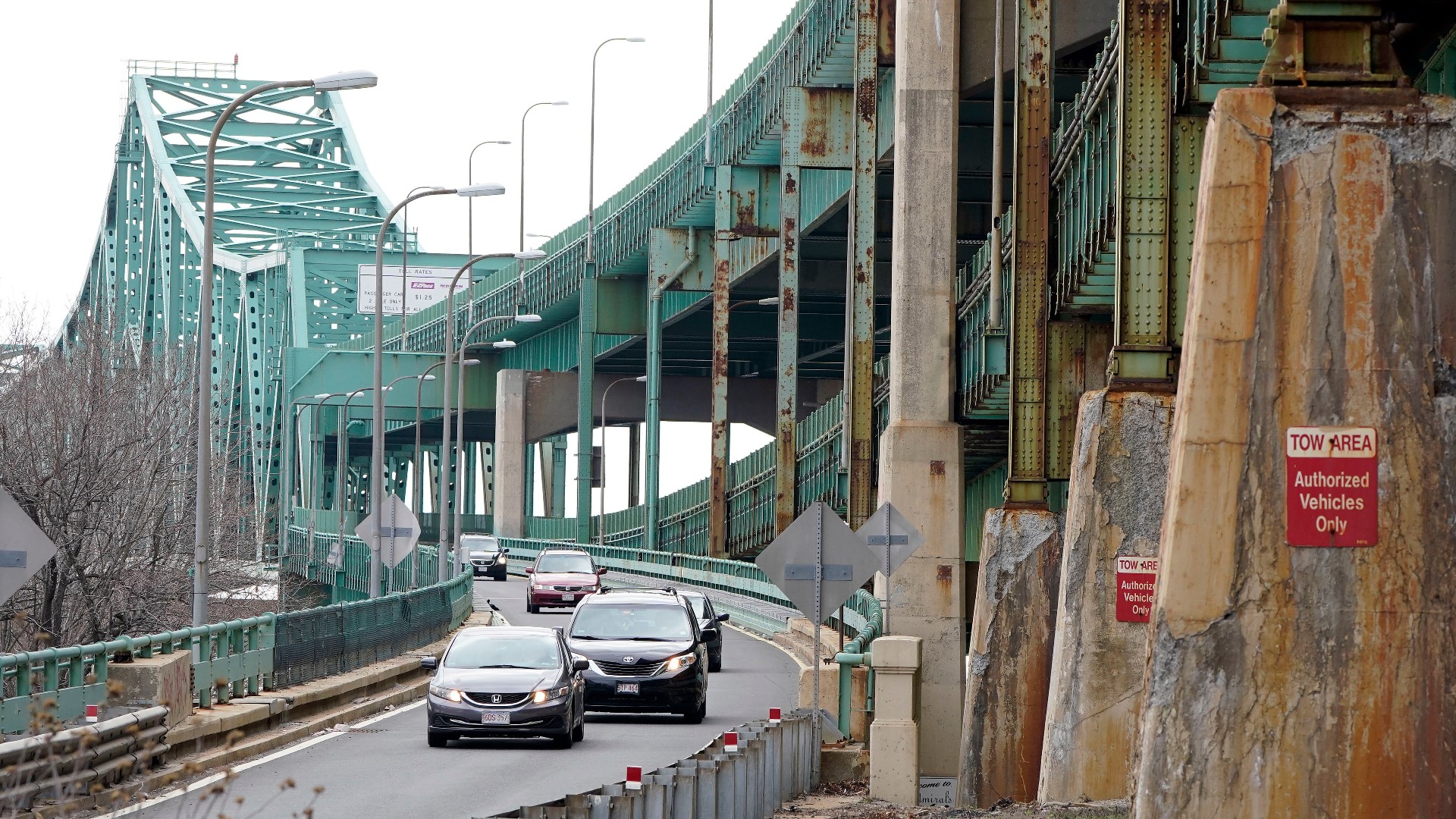TENNESSEE, USA — The Biden White House is amplifying the push for its $2.3 trillion infrastructure package with the release of state-by-state breakdowns that show the dire shape of roads, bridges, the power grid and housing affordability.
The figures in the state summaries, obtained by The Associated Press, paint a decidedly bleak outlook for the world's largest economy after years of repairs being deferred and delayed. They suggest that too much infrastructure is unsafe for vehicles at any speed, while highlighting the costs of extreme weather events that have become more frequent with climate change as well as dead spots for broadband and a dearth of child care options.
President Joe Biden is scheduled to meet Monday afternoon with Republican and Democratic lawmakers and can use the state summaries to show that his plan would help meet the needs of their constituents.
The administration is banking that the data will confirm the everyday experiences of Americans as they bump over potholes, get trapped in traffic jams and wait for buses that almost never correspond to published schedules. There is already a receptive audience to the sales pitch, and the strategy is that public support can overcome any congressional misgivings.
“We don’t have a lot of work to do to persuade the American people that U.S. infrastructure needs major improvement,” Transportation Secretary Pete Buttigieg said on Fox News Channel's “Fox News Sunday” ahead of the reports' release. “The American people already know it.”
Republican lawmakers have been quick to reject the infrastructure proposal from Biden. They say just a fraction of the spending goes to traditional infrastructure, as $400 billion would expand Medicaid support for caregivers and substantial portions would fund electric vehicle charging stations and address the racial injustice of highways that were built in ways that destroyed Black neighborhoods.
Here's some of what the report says about Tennessee:
- There are 881 bridges and over 270 miles of highway in poor condition. Since 2011, commute times have increased by 7.7% in Tennessee and on average, each driver pays $209 per year in costs due to driving on roads in need of repair. The American Jobs Plan will devote more than $600 billion to transform our nations' transportation infrastructure and make it more resilient, including $115 billion repairing roads and bridges.
- From 2010 to 2020, Tennessee has experienced 40 extreme weather events, costing the state up to $20 billion in damages. The President is calling for $50 billion to improve the resiliency of our infrastructure and support communities’ recovery from disaster.
- In part due to a lack of available and affordable housing, 396,000 renters in Tennessee are rent burdened, meaning they spend more than 30% of their income on rent. The President proposes investing over $200 billion to increase housing supply and address the affordable housing crisis.
- Nearly 10% of Tennesseans live in areas where, by one definition, there is no broadband infrastructure that provides minimally acceptable speeds. And 46.8% of Tennesseans live in areas where there is only one such provider. Even where infrastructure is available, broadband may be too expensive to be within reach. 17% of Tennessee households do not have an internet subscription. The American Jobs Plan will invest $100 billion to bring universal, reliable, high-speed, and affordable coverage to every family in America.
- Across the country, hundreds of thousands of older adults and people with disabilities are in need of home and community-based services. The President’s plan will invest $400 billion to help more people access care and improve the quality of caregiving jobs. • CHILD CARE: In Tennessee, there is an estimated $768 million gap in what schools need to do maintenance and make improvements and 48% of residents live in a child care desert. The American Jobs Plan will modernize our nation’s schools and early learning facilities and build new ones in neighborhoods across Tennessee and the country.
- In Tennessee, an average low-income family spends 8-10% of their income on home energy costs forcing tough choices between paying energy bills and buying food, medicine or other essentials. The American Jobs Plan will upgrade low-income homes to make them more energy efficient through a historic investment in the Weatherization Assistance Program, a new Clean Energy and Sustainability Accelerator to finance building improvements, and expanded tax credits to support home energy upgrades.

